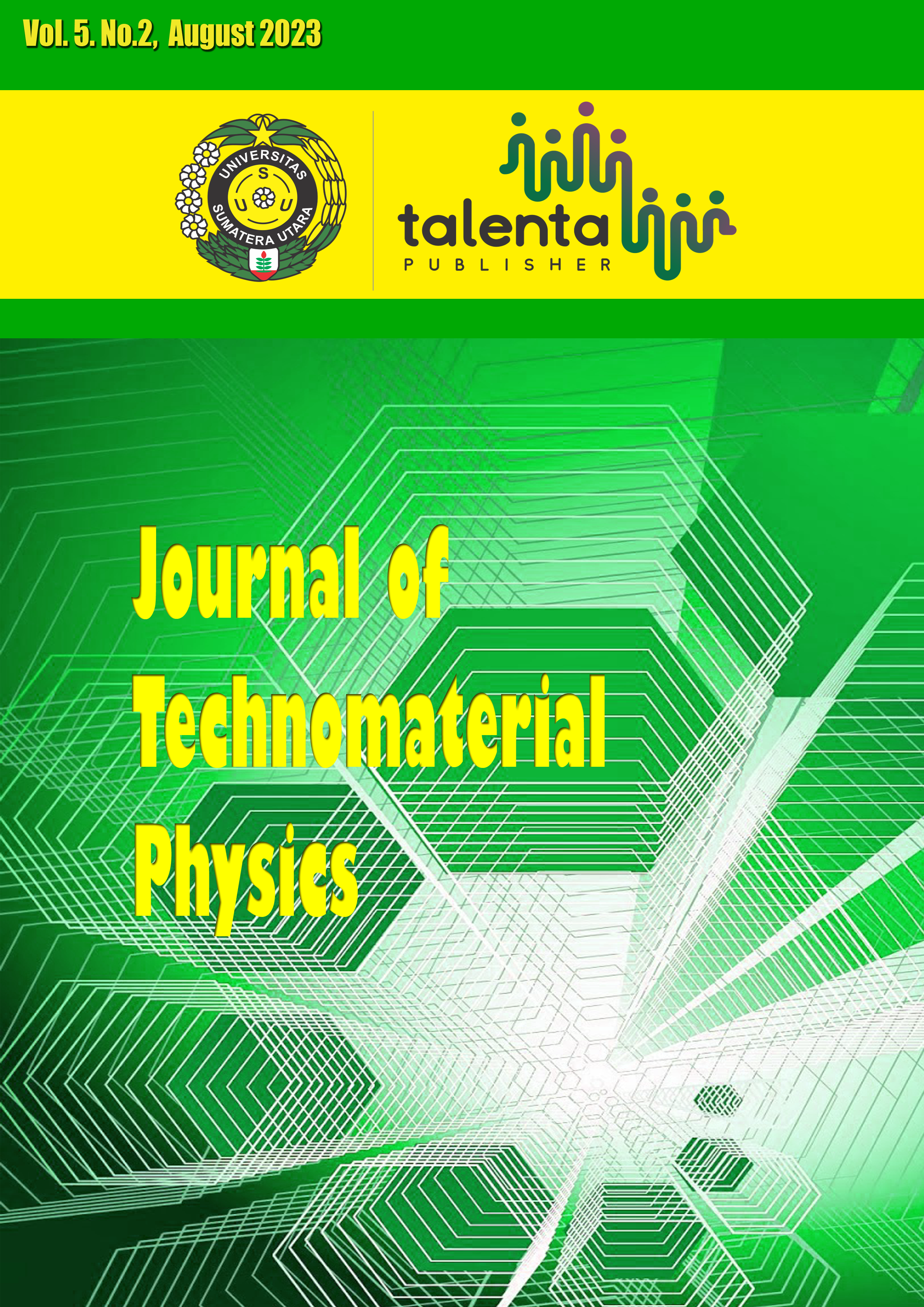Solar-Based Smartphone Charging Stations with Voltage, Current, and Power Monitoring
DOI:
https://doi.org/10.32734/jotp.v5i2.13348Keywords:
Battery, smartphone, smartphone charging station, INA219 sensor, solar powerAbstract
Renewable energy sources continue to be developed as alternative energy sources to reduce the use of fossil energy sources. One of them is a solar power plant that uses a light source from sunlight. For the public, electrical energy is useful to support work and communication activities such as using smartphones, but not many chargers are found in public places to charge smartphone batteries. It has designed and implemented a smartphone charging station to charge smartphone batteries using solar power. The smartphone battery charging on this smartphone charging station can display voltage, current, and power when charging the battery; this tool is equipped with an INA219 sensor, ATmega328 microcontroller, and solar power to make this tool look smart. The purpose of making this tool is to find out the working principle, voltage, current, and power and compare the charging time of the smartphone battery between the smartphone charging station and the manufacturer's charger. The working principle, when this tool charges the smartphone battery, the INA219 sensor receives output value data in the form of current and voltage. Furthermore, the sensor sends a signal to the ATmega328 to be converted and displayed as data on the LCD so that users can see the output value. The test results of the tool, when charging a smartphone battery using Micro USB, showed the average values of voltage, current, and power, respectively, of 11.7 volts, 0.48 amperes, and 5.98 watts. USB Type C shows the average voltage, current, and power values of 11.33 volts, 0.71 amperes, and 8.37 watts, respectively. The comparison of the duration of battery charging time on the manufacturer's Micro USB with the smartphone charging station has a difference of 27 minutes; the comparison of the duration of the smartphone battery charging time using the manufacturer's USB Type C with the smartphone charging station has a difference of 22 minutes.
Downloads
Downloads
Published
Issue
Section
License
Copyright (c) 2023 Journal of Technomaterial Physics

This work is licensed under a Creative Commons Attribution-ShareAlike 4.0 International License.








